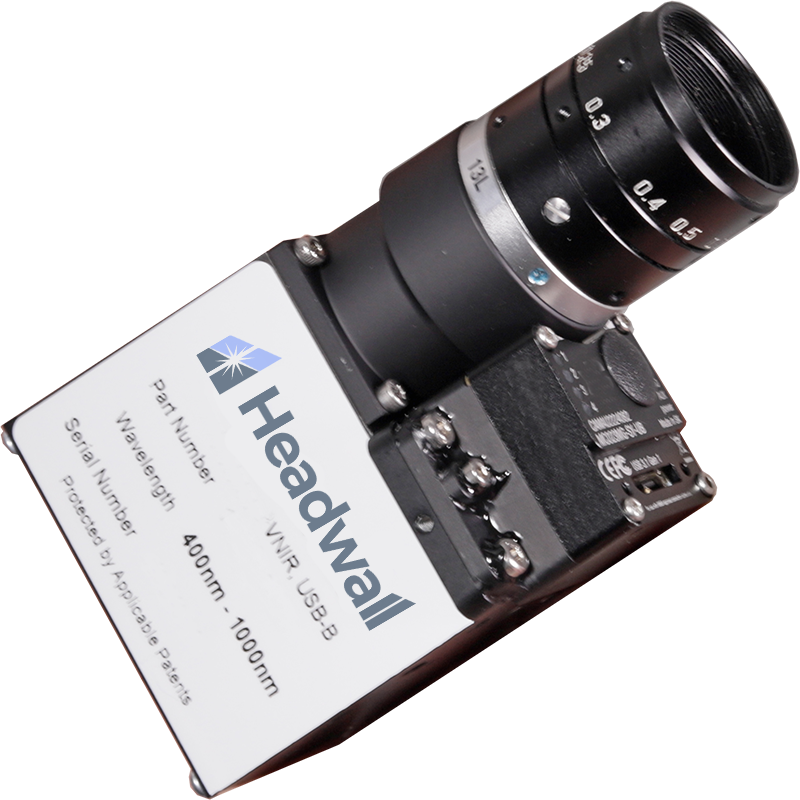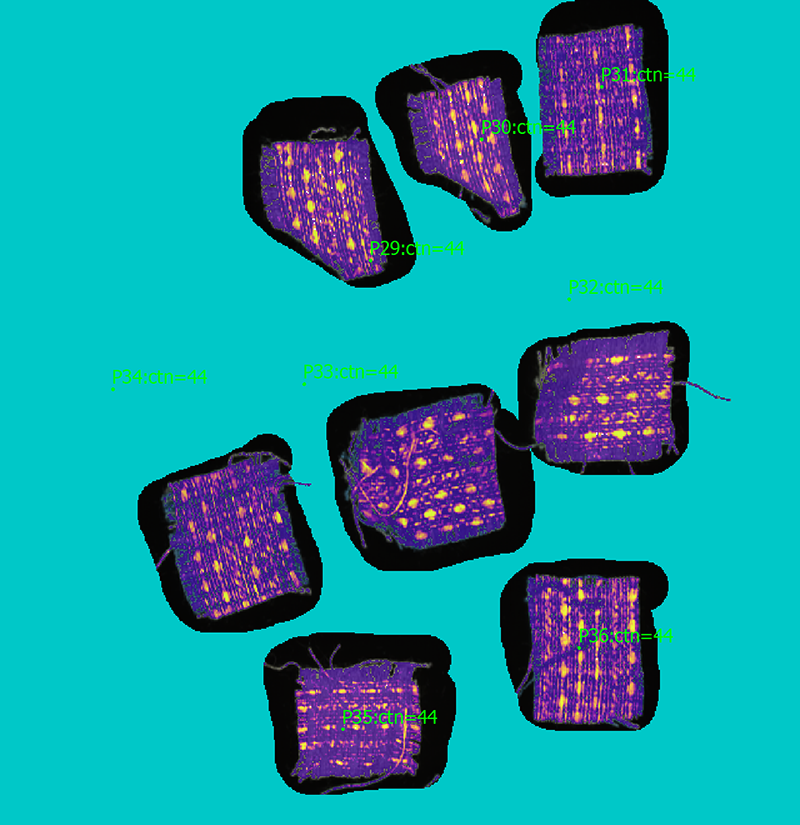Quality Inspection of Herbs and Spices
DETECT ADULTERATION WITH RAPID AND AUTOMATIC ANALYSIS

Herbs and spices are one of the worst offenders of food fraud. Their complex cross-border supply chains, high price per kilogram, and the fact that they are often sold in powder or particulate forms make them prime targets for adulteration, dilution, and substitution with cheaper materials.1
Oregano is often mixed with other similar-looking, but cheaper, ingredients like olive and myrtle. Studies conducted in recent years on ground oregano sold in stores showed that nearly a quarter the samples contained non-oregano ingredients. The scale of adulteration was found to range from 30% to 70% by weight.2
Adulteration of oregano can be detected using liquid chromatography–mass spectrometry (LC/MS) analysis, but these methods require significant time and effort in sample preparation. Optical microscopy is also used, but identification and counting of individual small particles is tedious.
On the other hand, scanning with a hyperspectral imaging (HSI) system can quickly show the user if non-oregano ingredients are present in the sample and help quantify them. In a test recently conducted at Headwall, two samples of oregano were used as a reference for spectral classification method development. One sample was nearly pure oregano and the other was highly adulterated with only 10-15% of oregano. These were scanned using the Headwall MV.C VNIR hyperspectral imaging system. Spectrally classified images of these samples made it easy to tell the difference by coloring the non-oregano particles in magenta. Further processing of the image allows the user to produce a quantified result and make a quality decision in seconds.
We tested the method using a sample containing 50% of adulterated ingredients. This showed a color distribution consistent with the expected ratio.
Unlike LC/MS, FTIR and other laboratory techniques, operating Headwall’s hyperspectral imaging systems requires no specialist knowledge. A simplified user interface can be configured based on individual requirements, making the HSI system suitable for operation in a QC environment.
Value of Spectral Imaging:
- No Sample Prep
- Real-Time Results
- Spot Adulteration Early
- Repeatable Method

HERB SAFETY: DETECTING TOXIC RAGWORT

Tansy ragwort (Senecio jacobaea) is a weedy, biennial plant that infests woodlands, pastures, and hayfields of the coastal northwest United States.3 Native to Europe, ragwort contains liver toxins and is harmful to livestock. Challenging to control, ragwort can infest fields of herbs and get intermixed during harvest.
In this example, Headwall’s Hyperspec® MV.X system was used to identify ragwort in a mix of parsley and thistle herbs. A spectral
classification method was developed using a sample of each plant as a reference. The method was then tested on two samples, containing ragwort intermixed with other herbs. Images on the left show the individual samples and it is easy to see how challenging sorting them could be using traditional vision.
Spectral classification makes the task less challenging by providing a clear indication of presence of ragwort (magenta) in a mix of parsley (green) and thistle (blue).
In the past, significant spectroscopy expertise was needed to develop such a spectral classification method. This is no longer the case with advancements in machine learning and AI. The intuitive software of the Hyperspec® MV.X greatly simplifies the process and makes this powerful technology widely accessible.
Want to know more?
Our Headwall Applications Team will work with you to explore how HSI can deliver value to your food processing operations!





